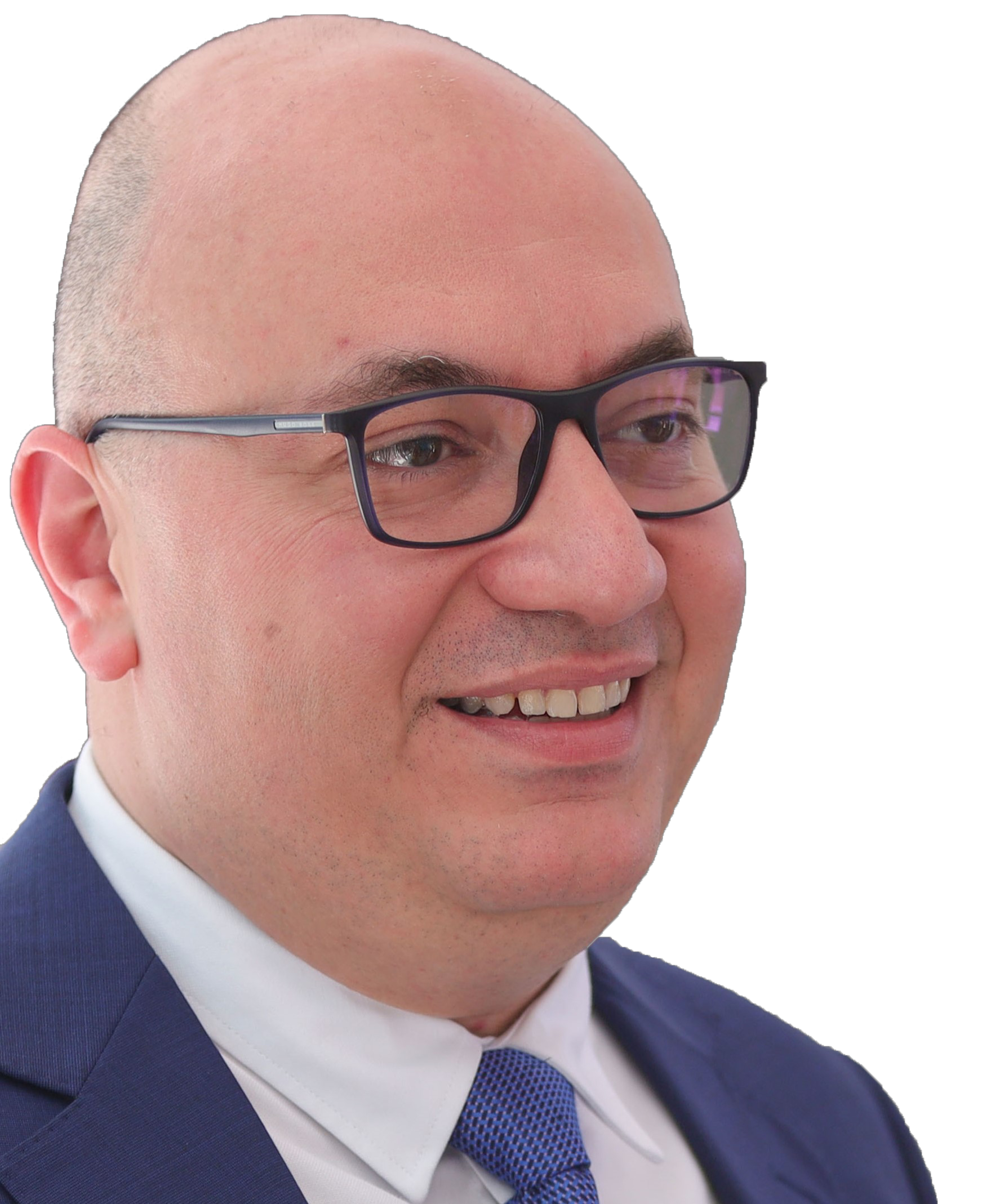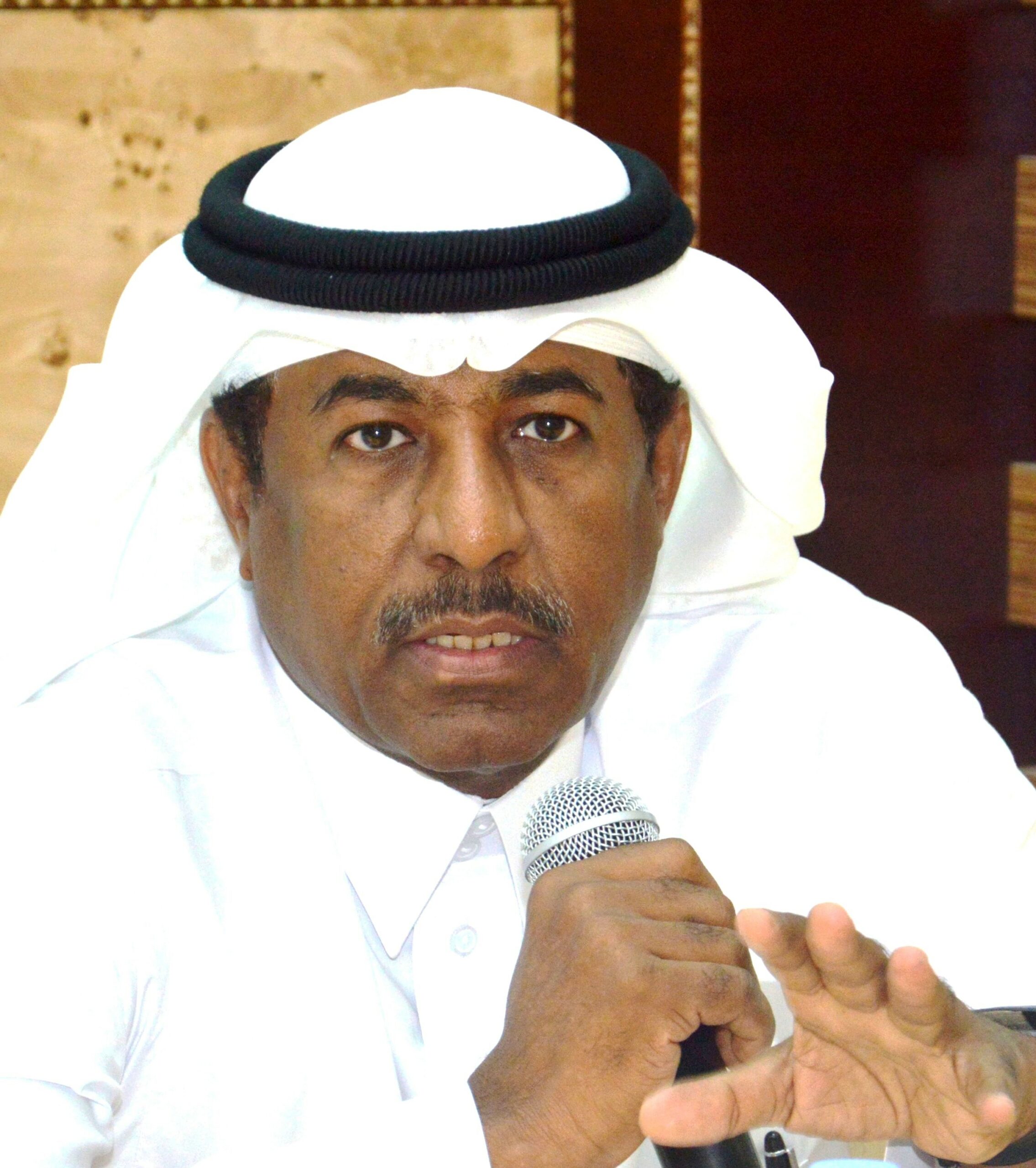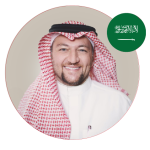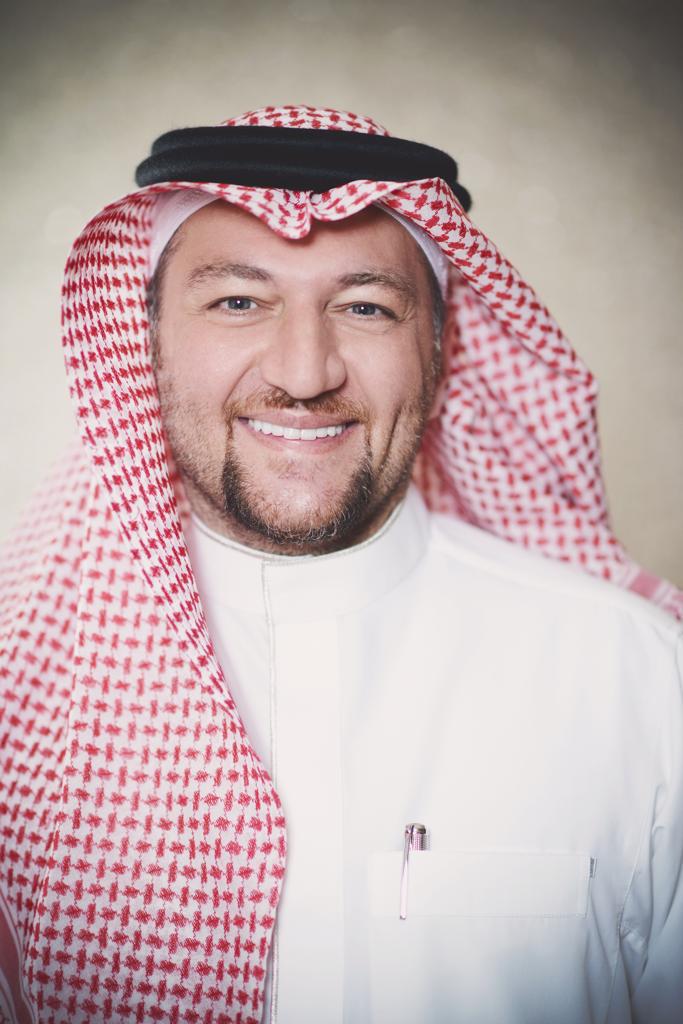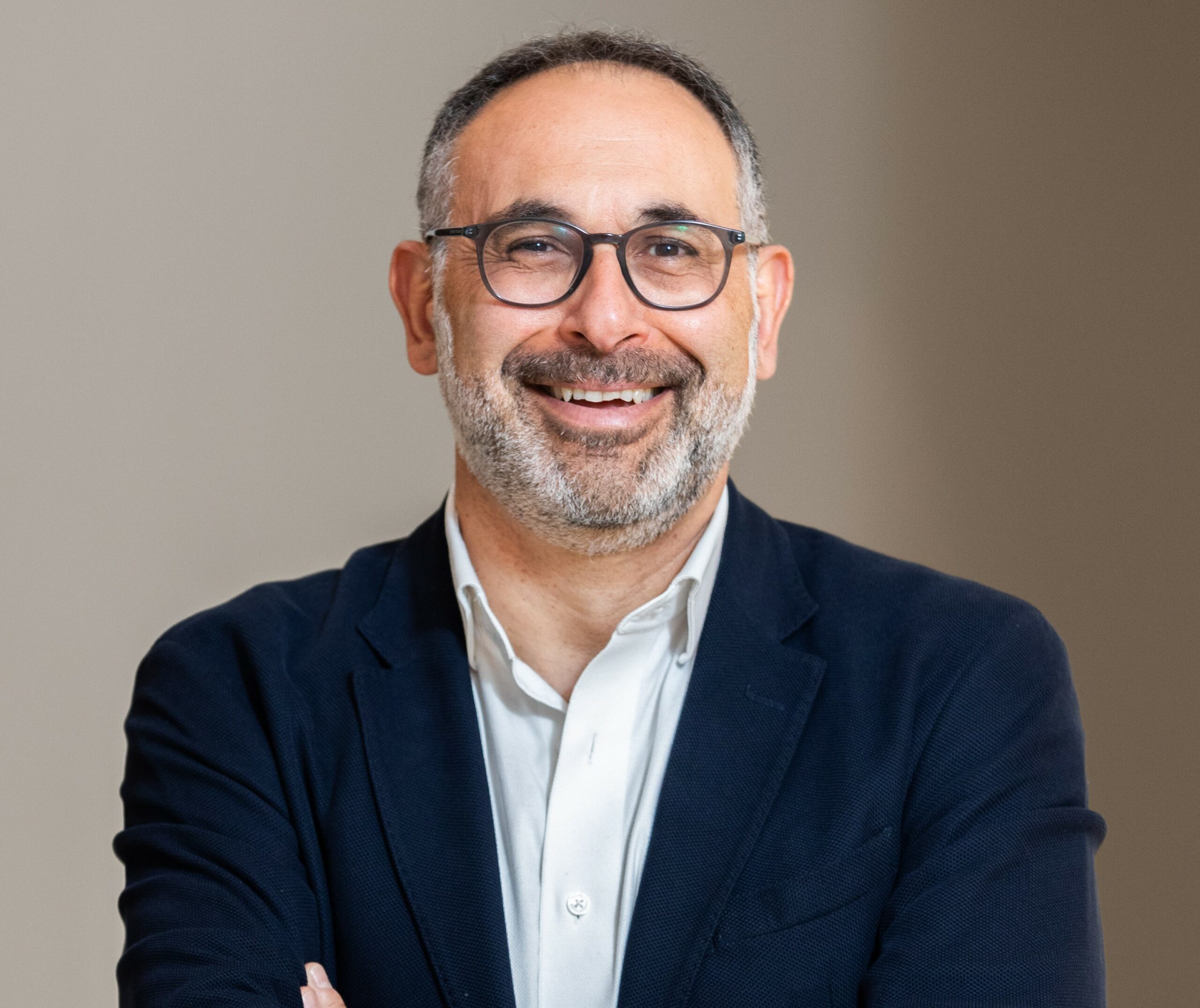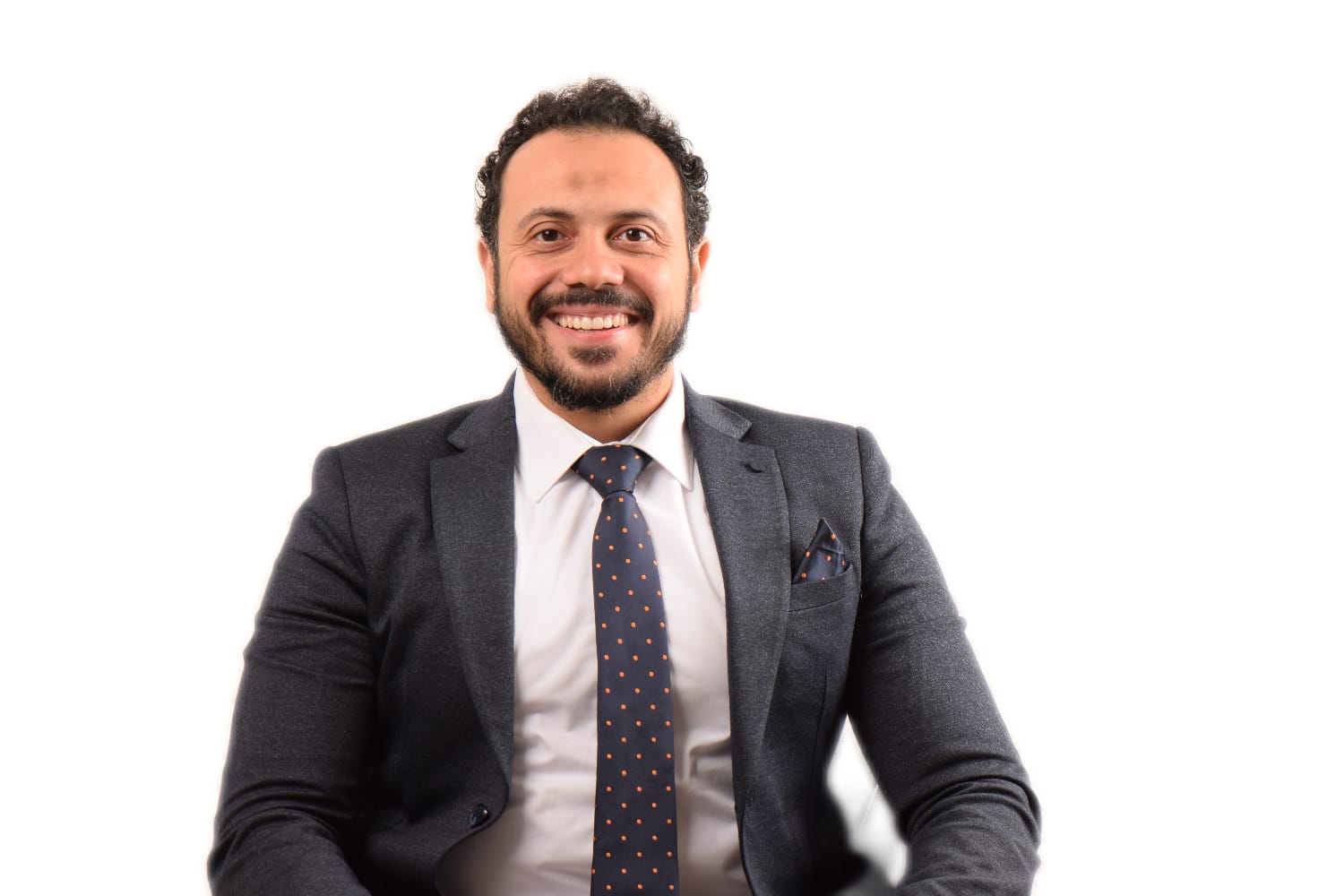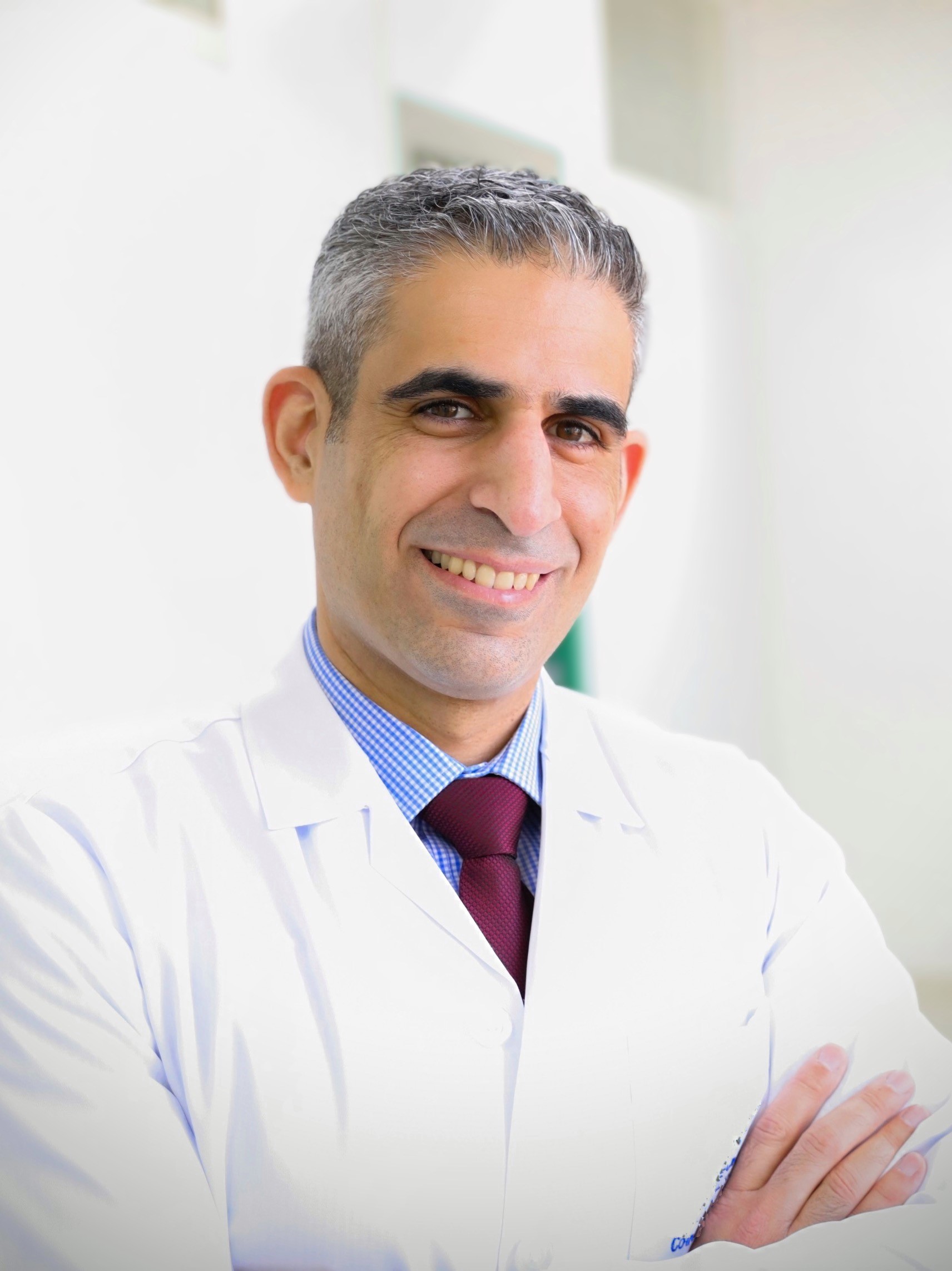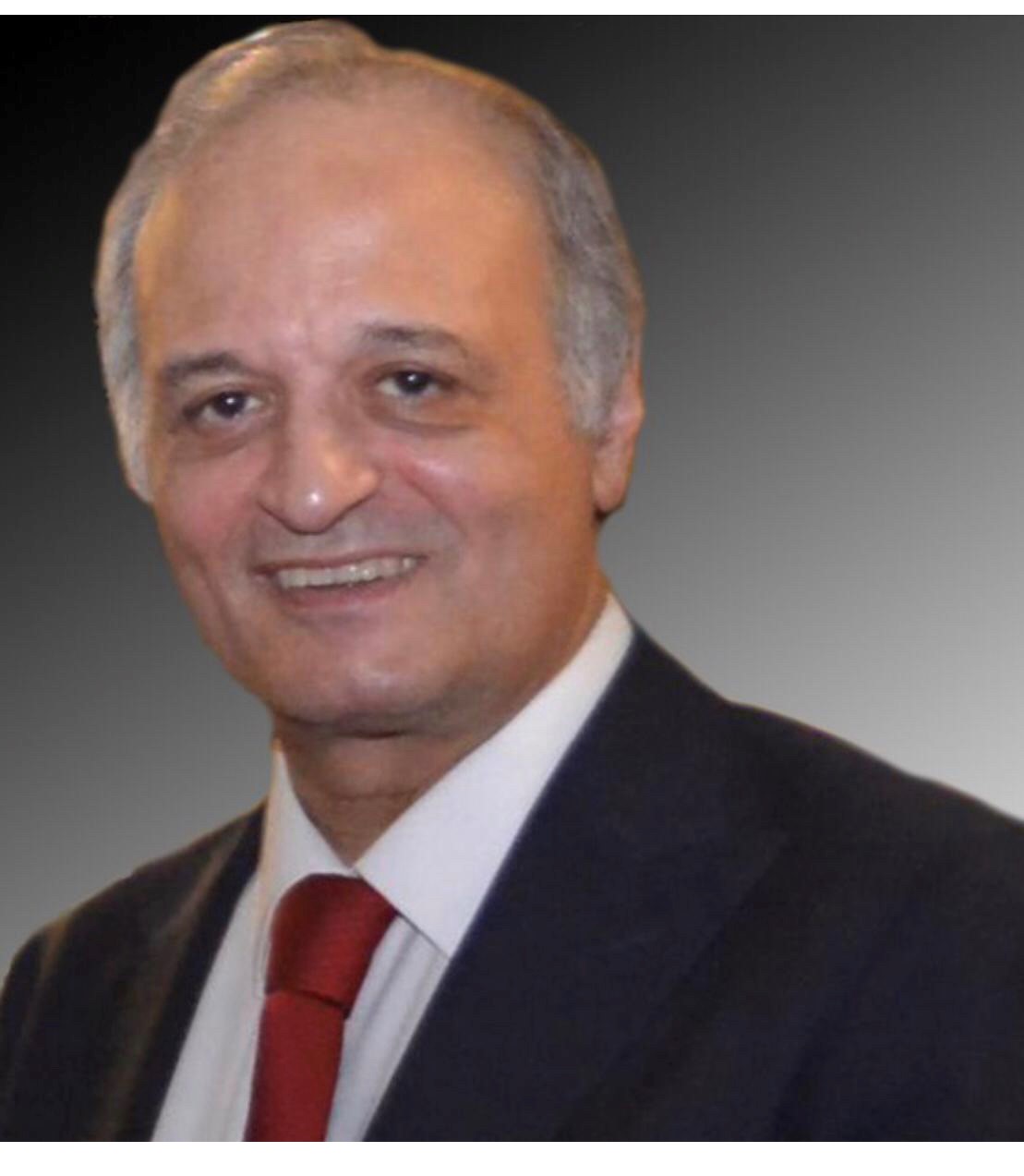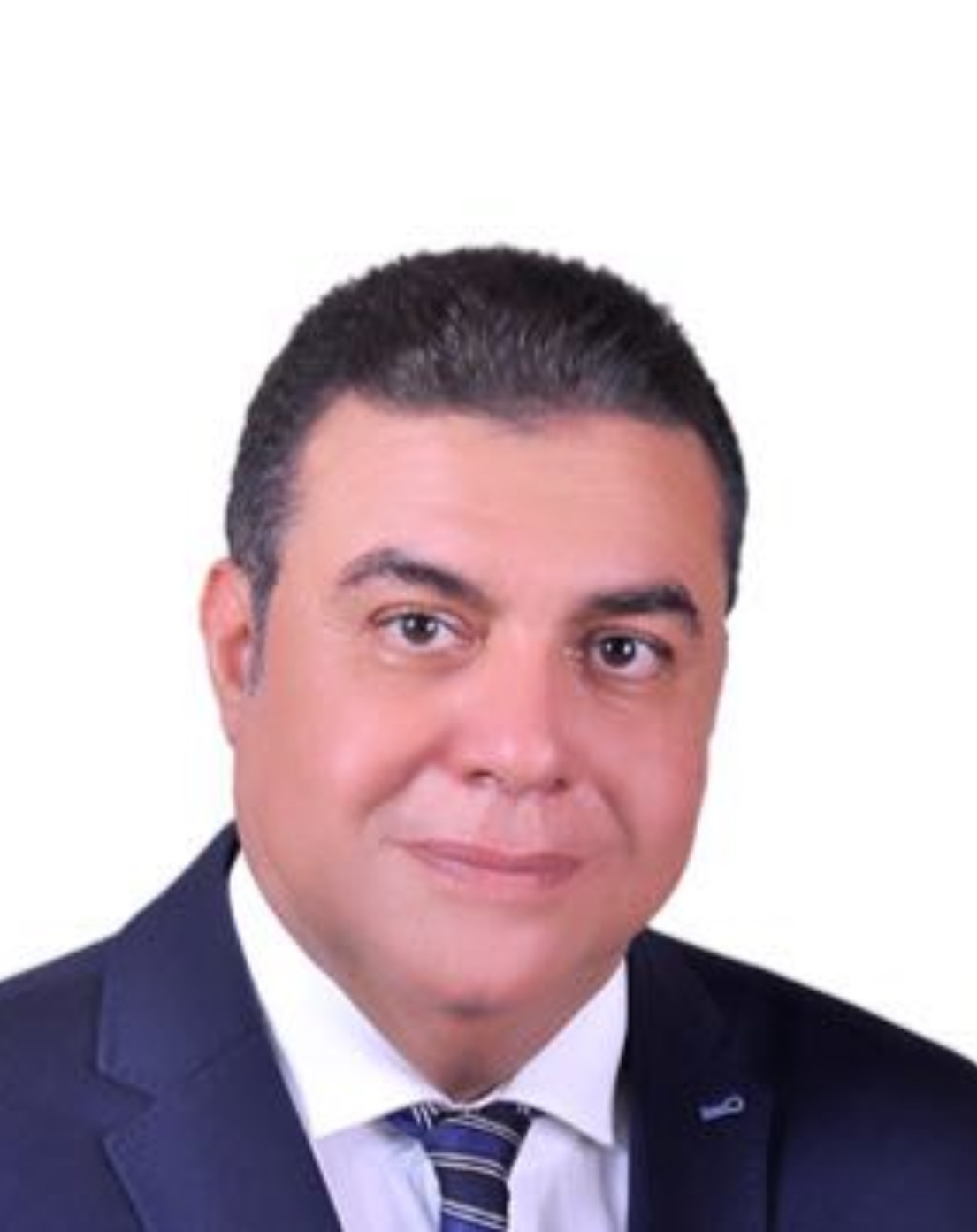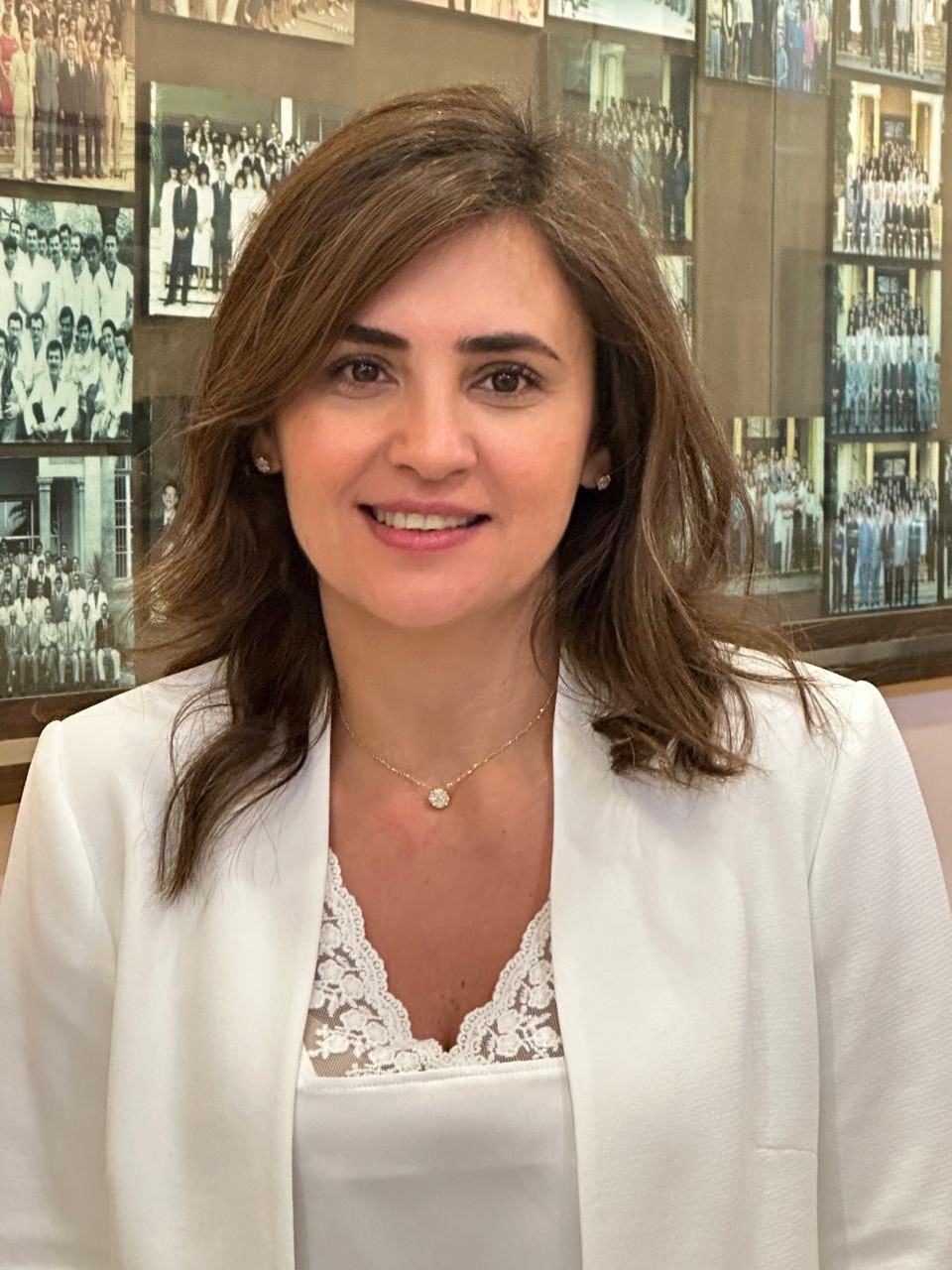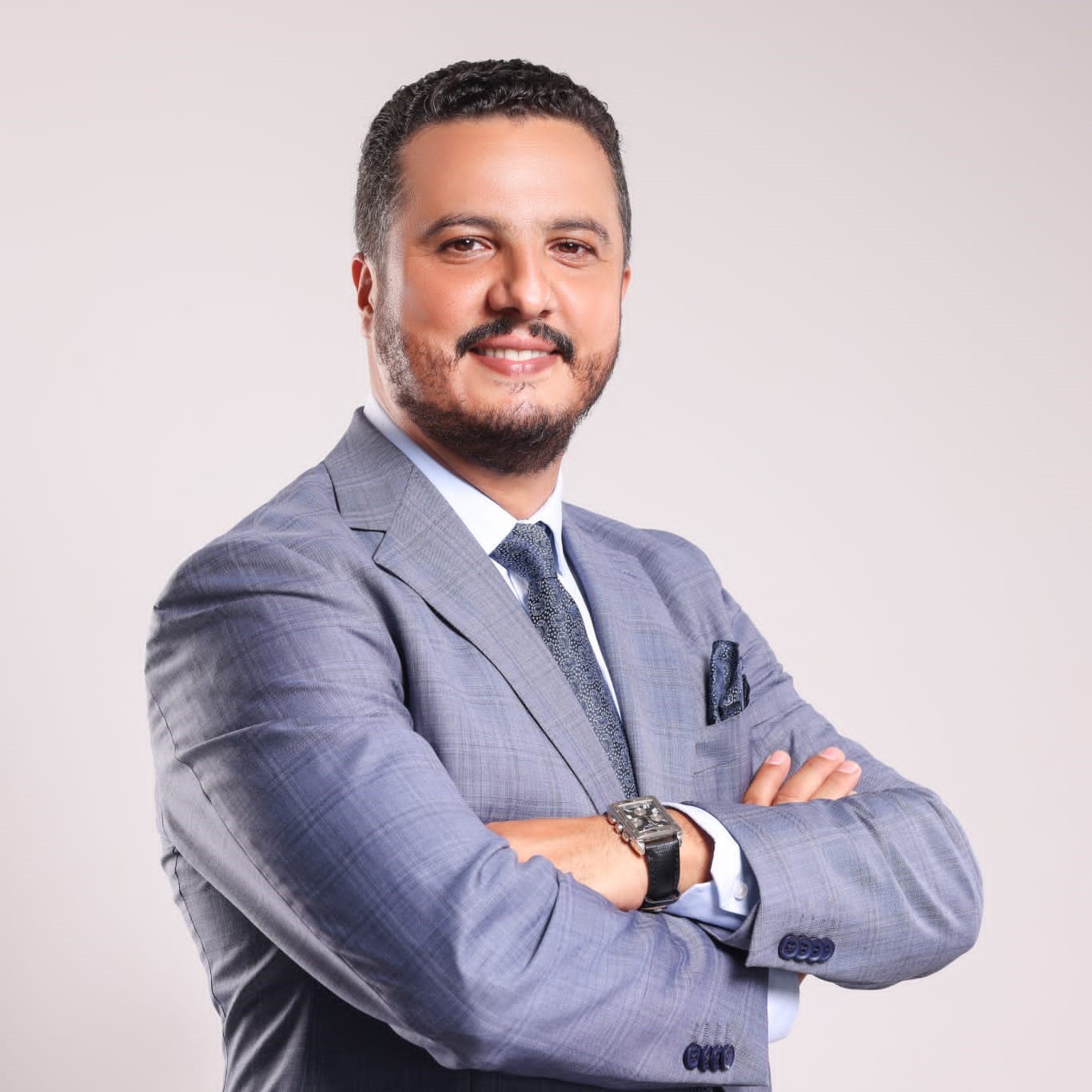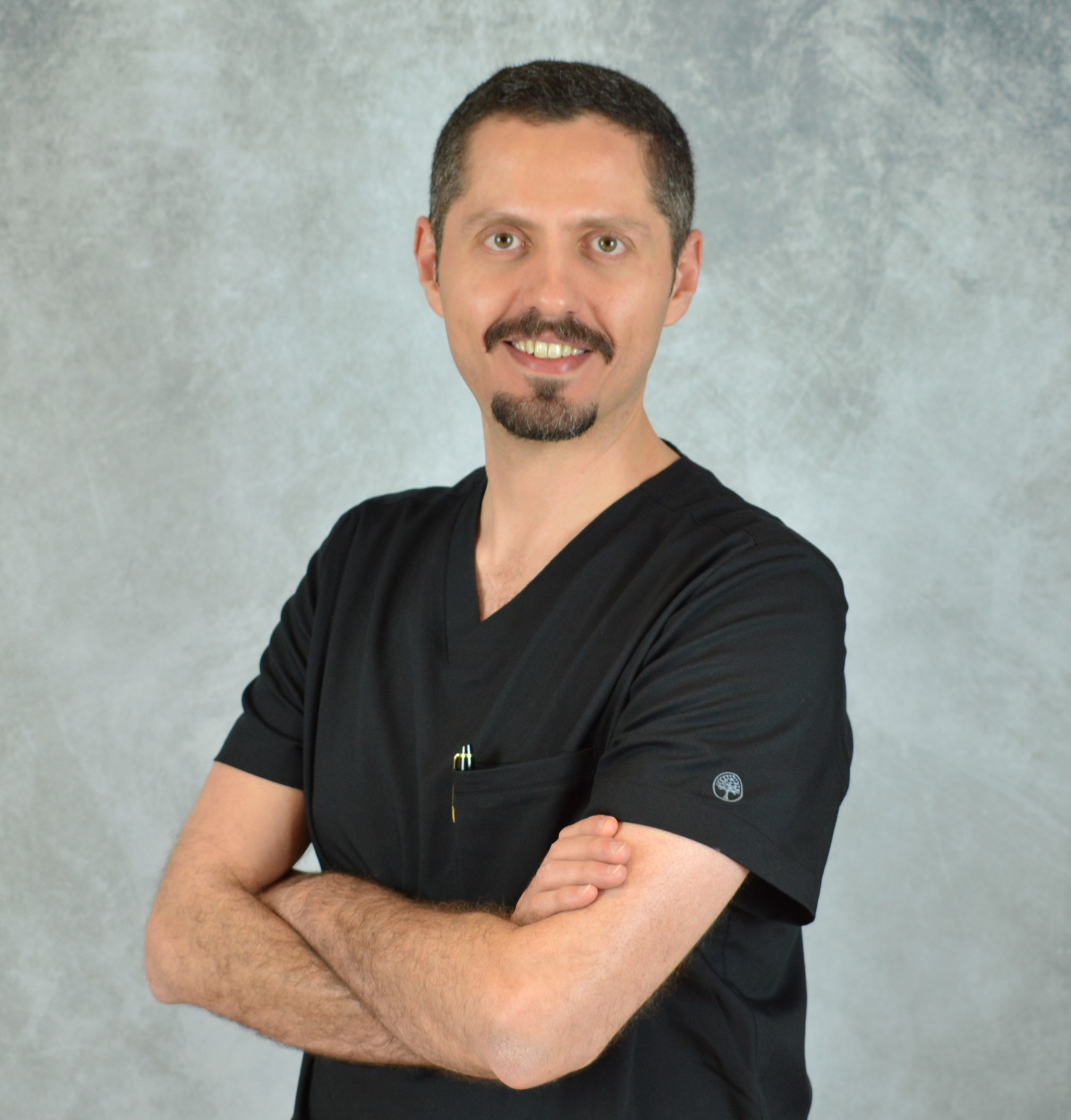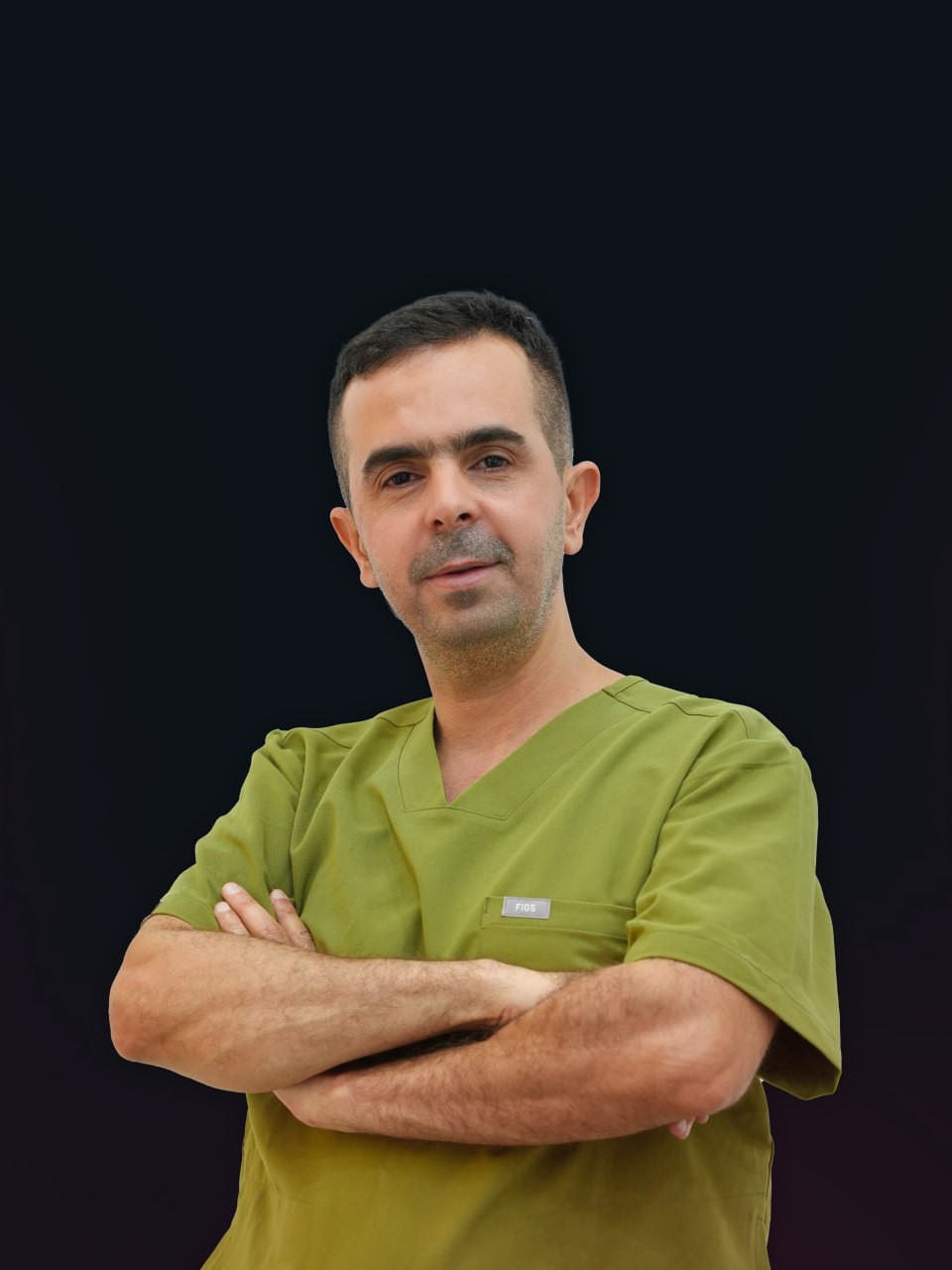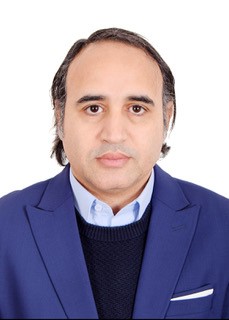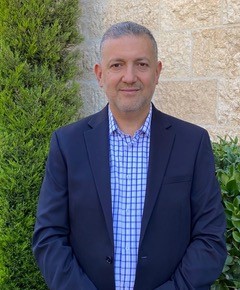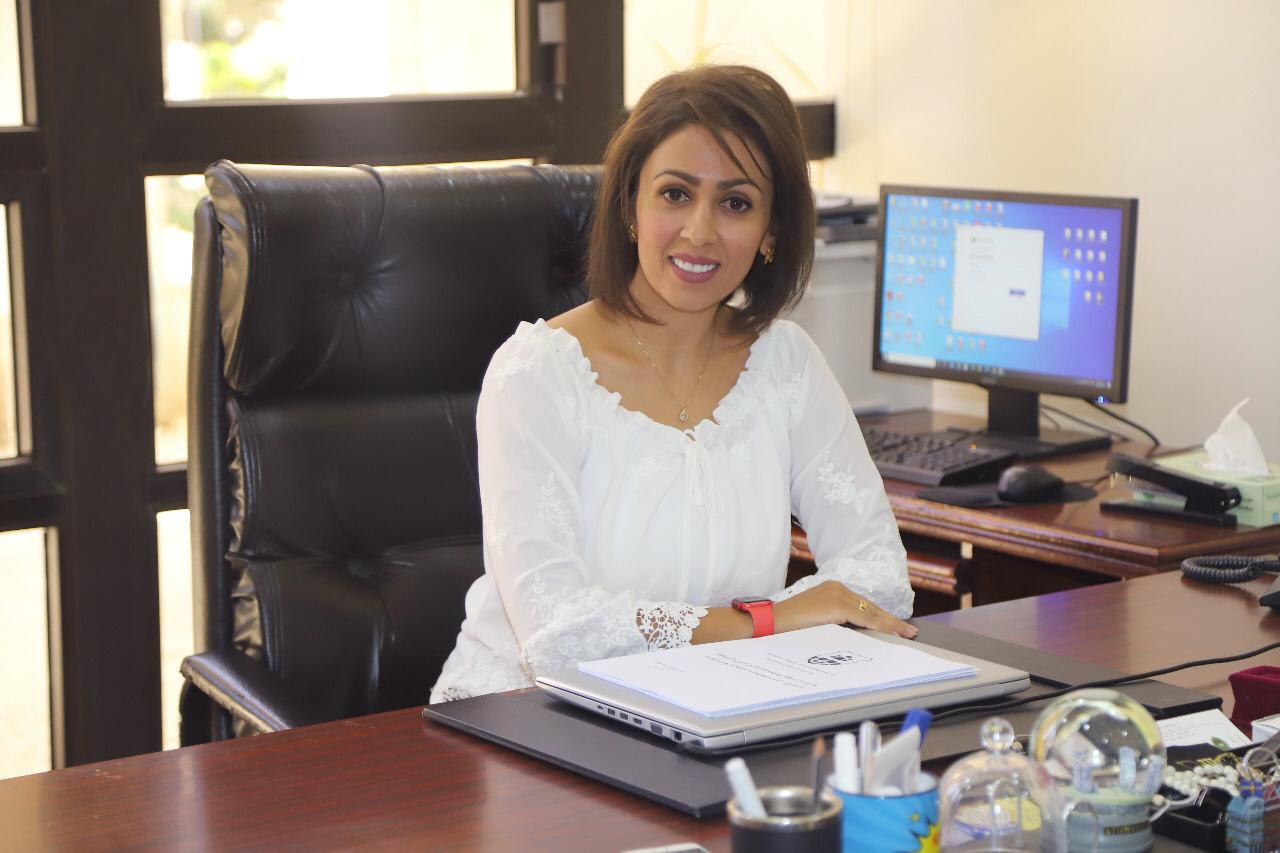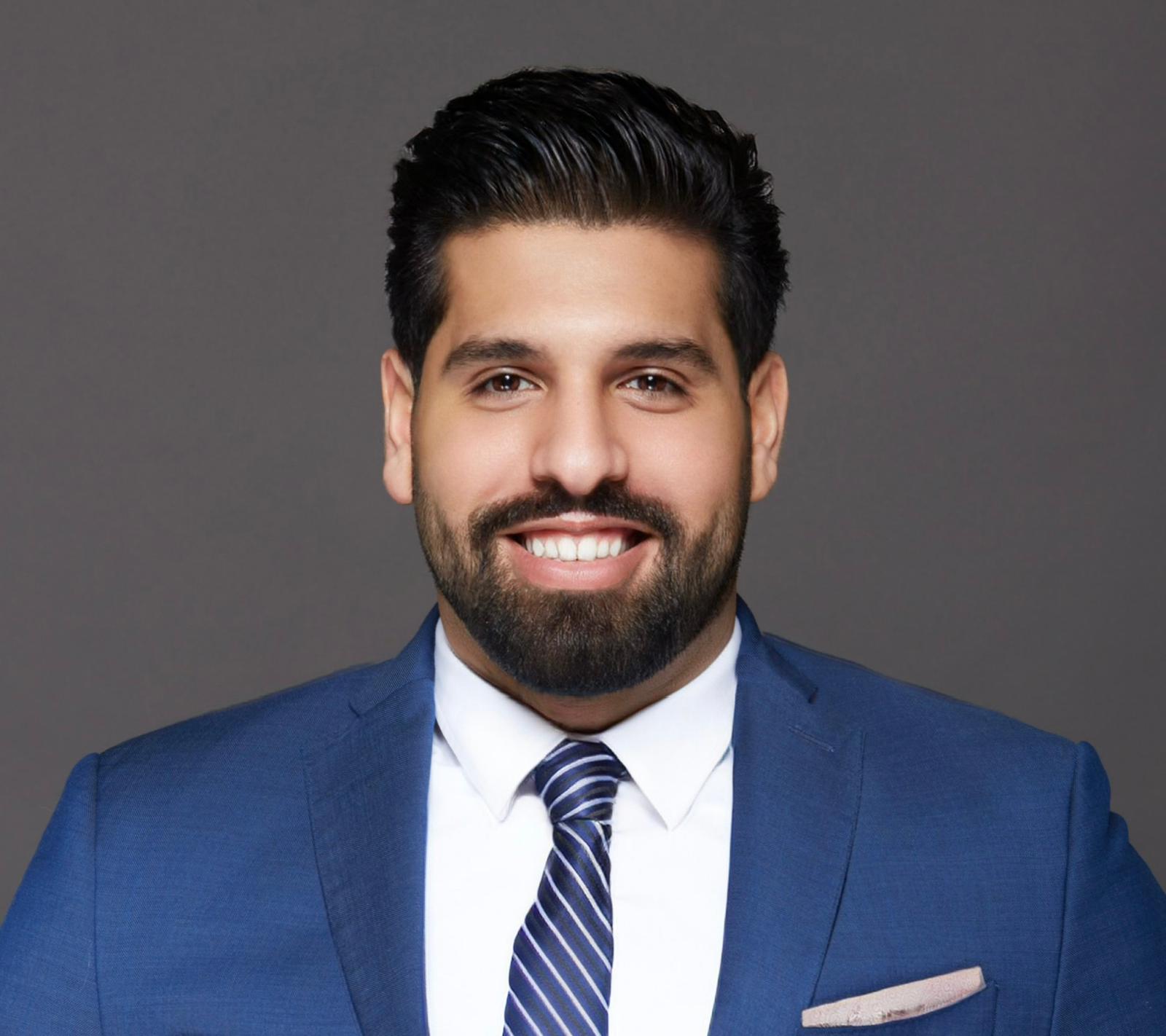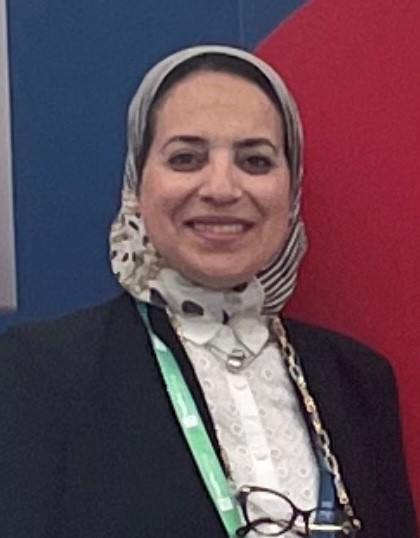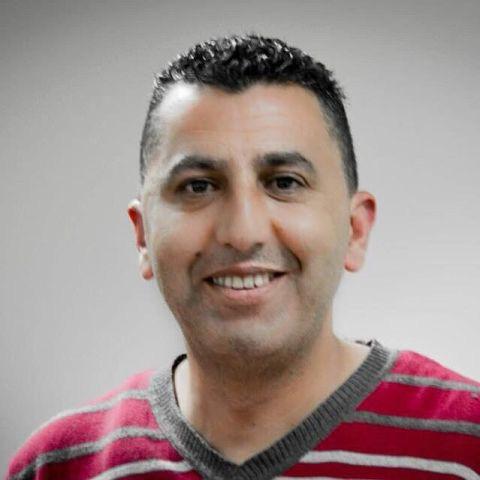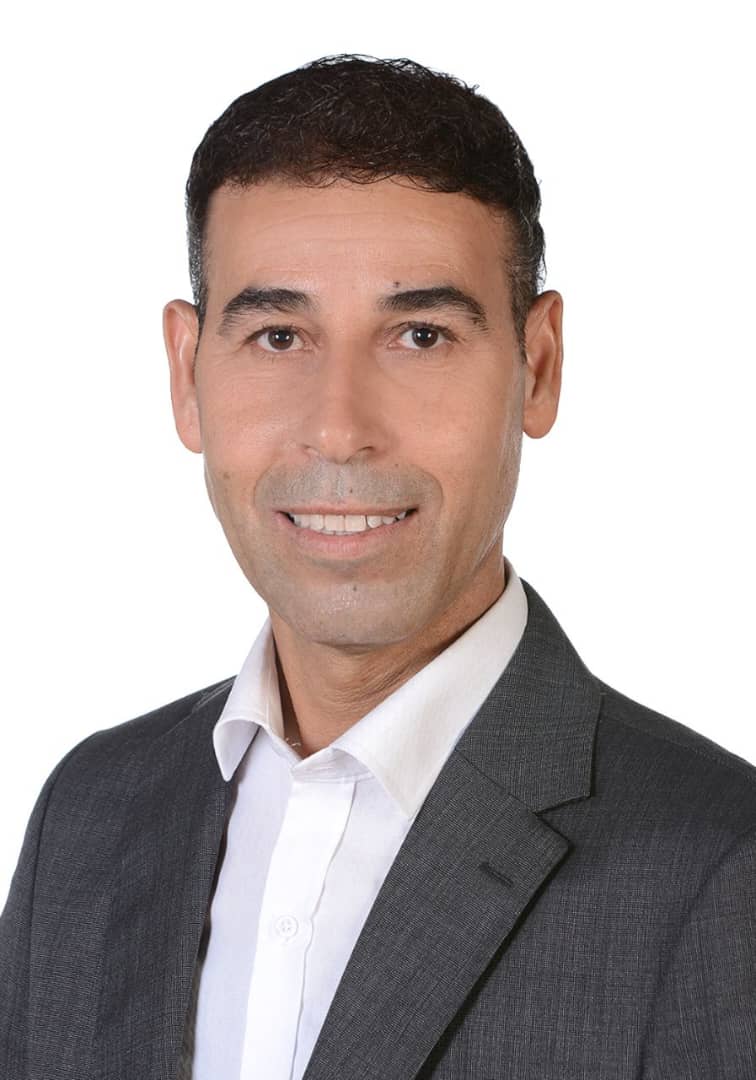
Prof Adham A. Azim
Decision Making In Failed Endodontic Treatments
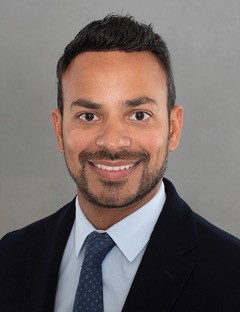
Decision Making In Failed Endodontic Treatments
Prof Adham A. Azim
While endodontic treatments generally have a high success rate, managing endodontic failures can be challenging and requires a thorough evaluation of remedial options. In this presentation, we will explore the decision-making process in managing failed endodontic treatments, providing a nuanced understanding of when and how to implement surgical versus non-surgical approaches. We will focus on factors that influence the choice of each treatment modality, aiming to balance the risks and benefits for optimal patient outcomes. Learning Objectives: Review the outcomes associated with surgical and non-surgical endodontic retreatment. Understand the Indications, risks, and benefits for Non-Surgical and Surgical Retreatment Develop personalized treatment plans for each patient.

Prof Matthias Zehnder
Diagnostics in the context of vital pulp treatment

Diagnostics in The Context Of Vital Pulp Treatment
Prof Matthias Zehnder
Pulp and periapical disease initiate in the tooth crown and then continue through the root canal system. Historically, there have been different approaches to address inflammations in the vital pulp tissue, namely to either promote their healing without surgical intervention, to remove all the pulp, or to do anything in between. Clinical decision-making is hampered by uncertainty. We do not know where the infection is. We also do not know how virulent it is. This lecture will discuss these issues in the light of current evidence. Moreover, we will discuss how molecular diagnostics could lead to better targeted treatments.

Prof. Gianluca Gambarini
Motor and motions for endodontic instrumentation

MOTOR AND MOTIONS FOR ENDODONTIC INSTRUMENTATION
Prof. Gianluca Gambarini
The lecture will describe the following topics 1. NiTi rotary instruments : Properties and developments ( heat treatments) 2. Motion analysis : continuous rotation pros and cos 3. Motion analysis : reciprocation pros and cos 4 Single vs combined motions 5 . Open vs close motors 6 Motors with EALS 7. How to programme your motor . Which parameters? 8. Clinical motion : the role of the operator 9. Hybridizing motions with the same instrument : a new clinical approach 10. Motions and instruments for complex apical curvatures.

Prof. Nessrin Taha
Clinical criteria for the selection of vital pulp therapy procedures
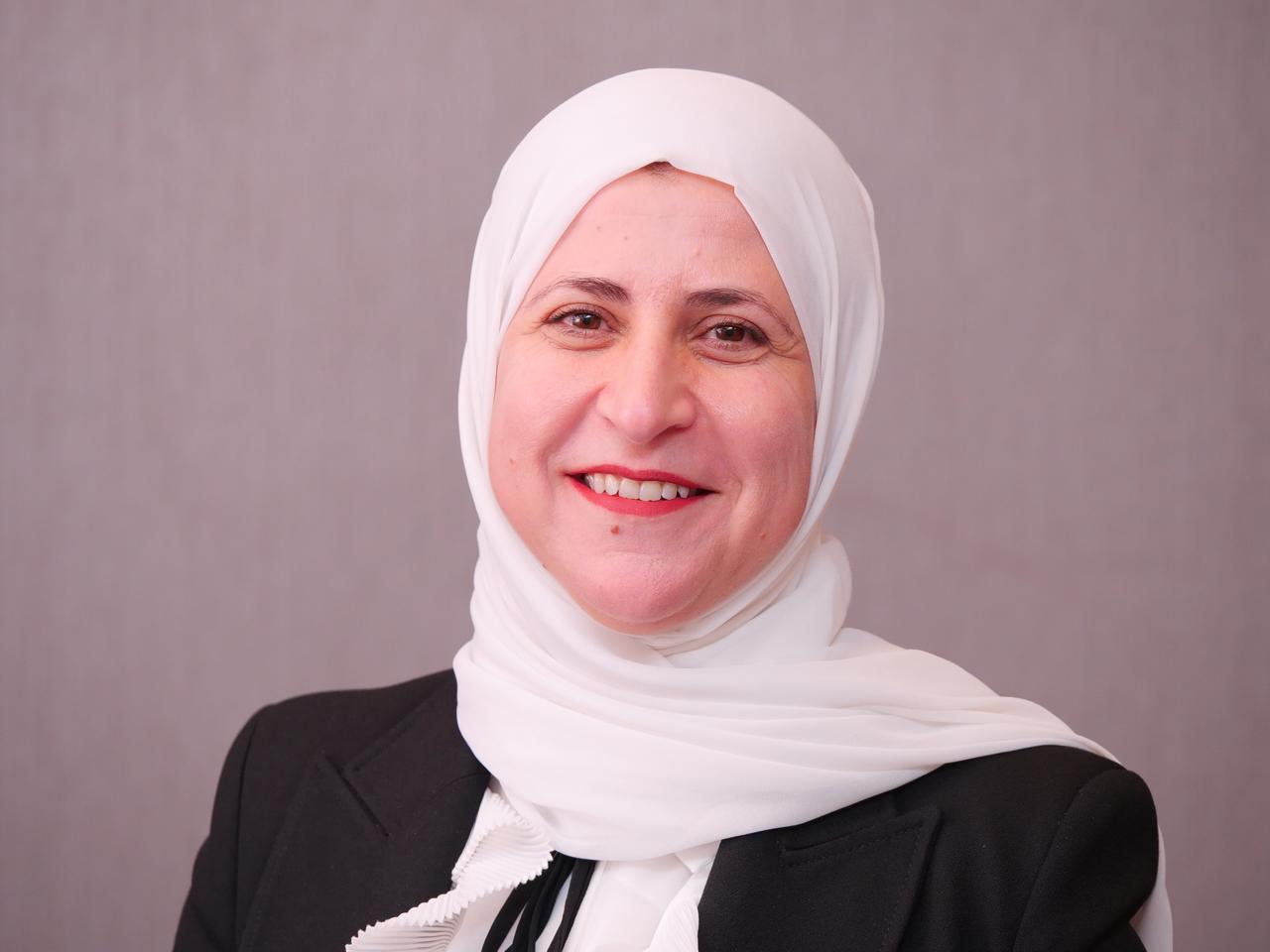
Clinical Criteria For The Selection Of Vital Pulp Therapy Procedures
Prof. Nessrin Taha
Dental caries continues to be a global problem in both children and adults, with root canal treatment being considered as the conventional management approach for teeth with inflamed pulps. The current improved understanding of the histopathology and the healing potential of the inflamed pulp, and the use of MTA and hydraulic calcium silicate-based materials, have led to a renewed interest in vital pulp therapy procedures as a minimally invasive treatment approach. With growing evidence from clinical trials reporting favourable outcomes of vital pulp therapy, it is increasingly practiced as an alternative treatment to root canal treatment in teeth with inflamed pulps. This presentation will review the pros and cons of vital pulp therapy including (indirect pulp cap, direct pulp cap and pulpotomy) for teeth with deep carious lesions, in terms of treatment planning and selection criteria, clinical procedures, cost effectiveness, clinical outcomes and patients’ satisfaction.




